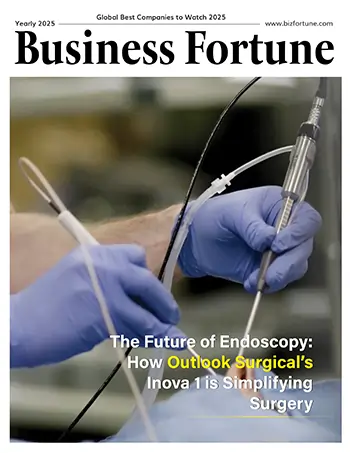Home Industry Electric and Concept Cars 2025: A Revolution in Electric...
2025: A Revolution in Electric Vehicle Models and Emission Regulations
Electric and Concept Cars

Business Fortune
31 December, 2024
On January 1st, emissions limits for large 4WDs, utes, and commercial fleets will go into effect.
In what is predicted to be a historic year for low-emission automobiles, electric utes, vans, and sports cars from a variety of automakers will arrive in Australia over the course of the next 12 months.
According to specialists in the automotive sector, the race will be sparked by legislation that, for the first time, restricts emissions from new cars in Australia, bringing them up to speed with international standards. However, they caution that Australia's progress toward electric car objectives may be slowed by a late start to their enforcement and challenging economic conditions.
Beginning on January 1, fleets of passenger cars will be subject to the New Vehicle Efficiency Standard, which also establishes a pollution limit for light commercial vehicles like Utes and big four-wheel drives. In order to encourage automakers to balance the sales of high-polluting vehicles with low-emission electric and hybrid models, the limitations will be applied to new automobiles.
According to Chris Jones, national president of the Australian Electric Vehicle Association, the standard had an impact on the local auto industry prior to its formal introduction since several well-known and up-and-coming companies had declared their intention to import electric and plug-in hybrid vehicles.
Jones predicted that the year will be interesting and that many more models and manufacturers would be arriving in the country. The market for passenger cars has always been very competitive and diversified.
According to Jones, the response to the introduction of BYD's Shark 6 plug-in hybrid ute, which received over 4,000 pre-orders, demonstrated that Australian drivers were keen to switch to low-polluting cars but were holding out for suitable alternatives.
According to Hussein Dia, a professor of future urban mobility at Swinburne University, Australians could anticipate seeing a lot more electric rivals arriving in 2025, some of which will have competitive costs.


































